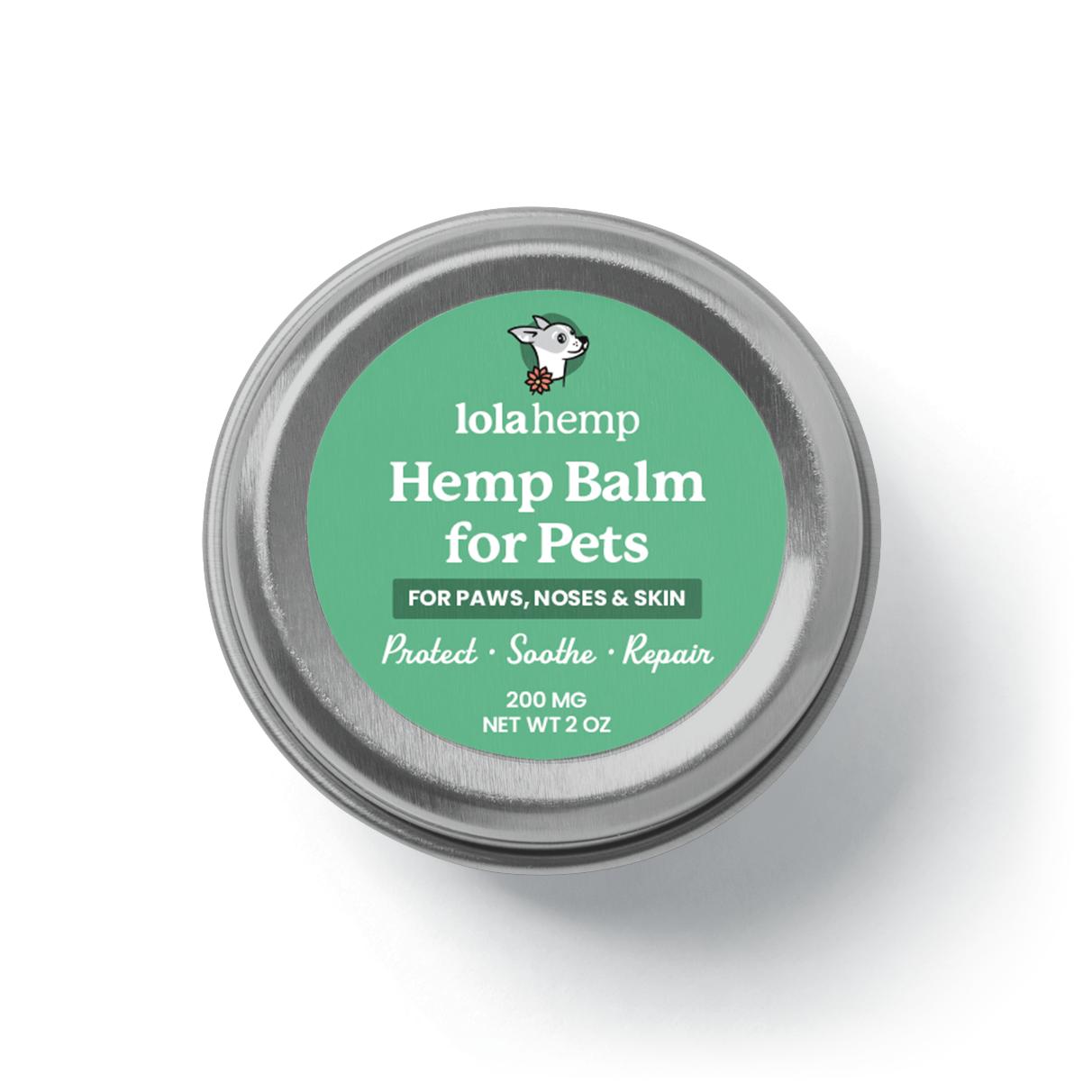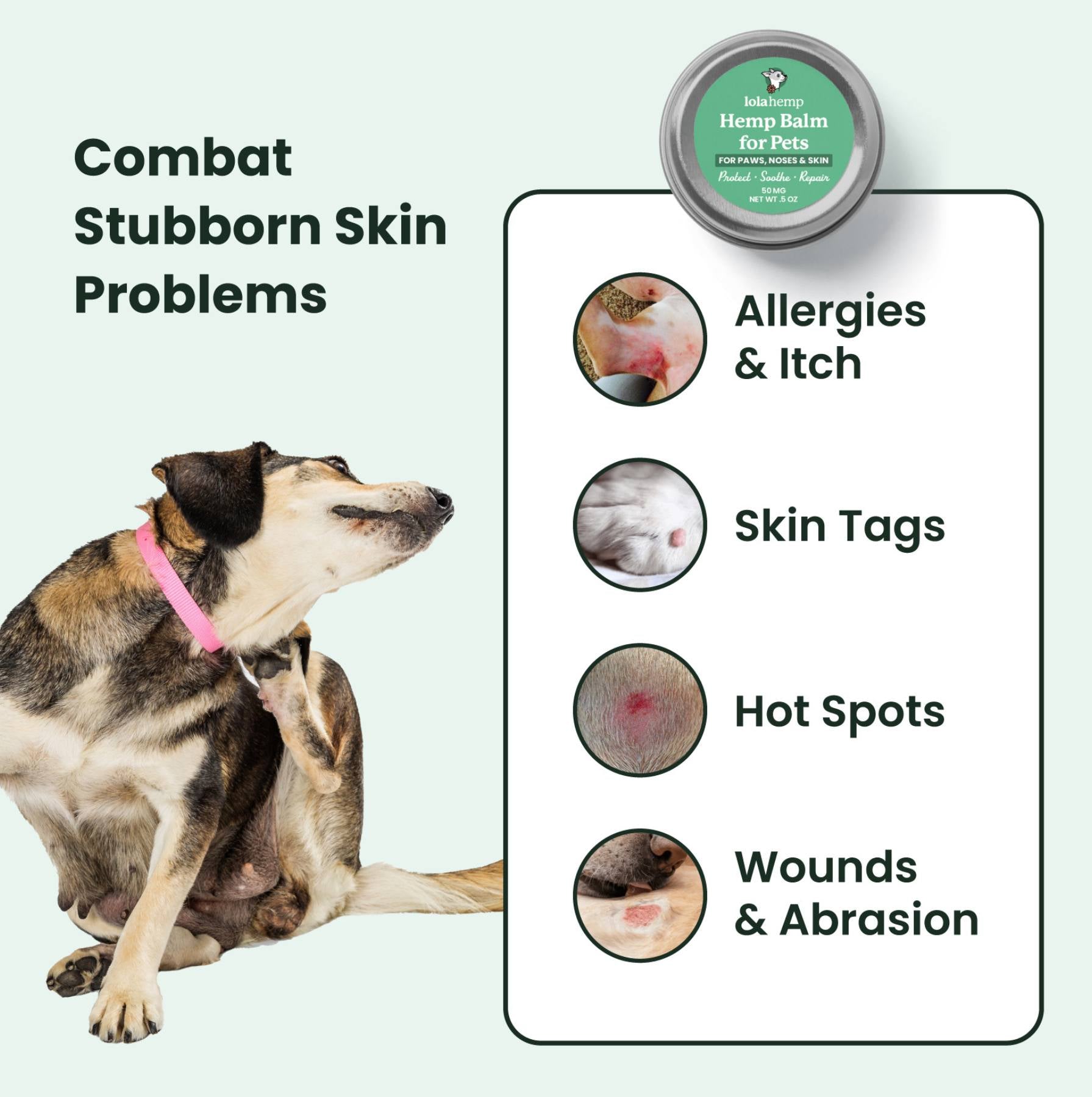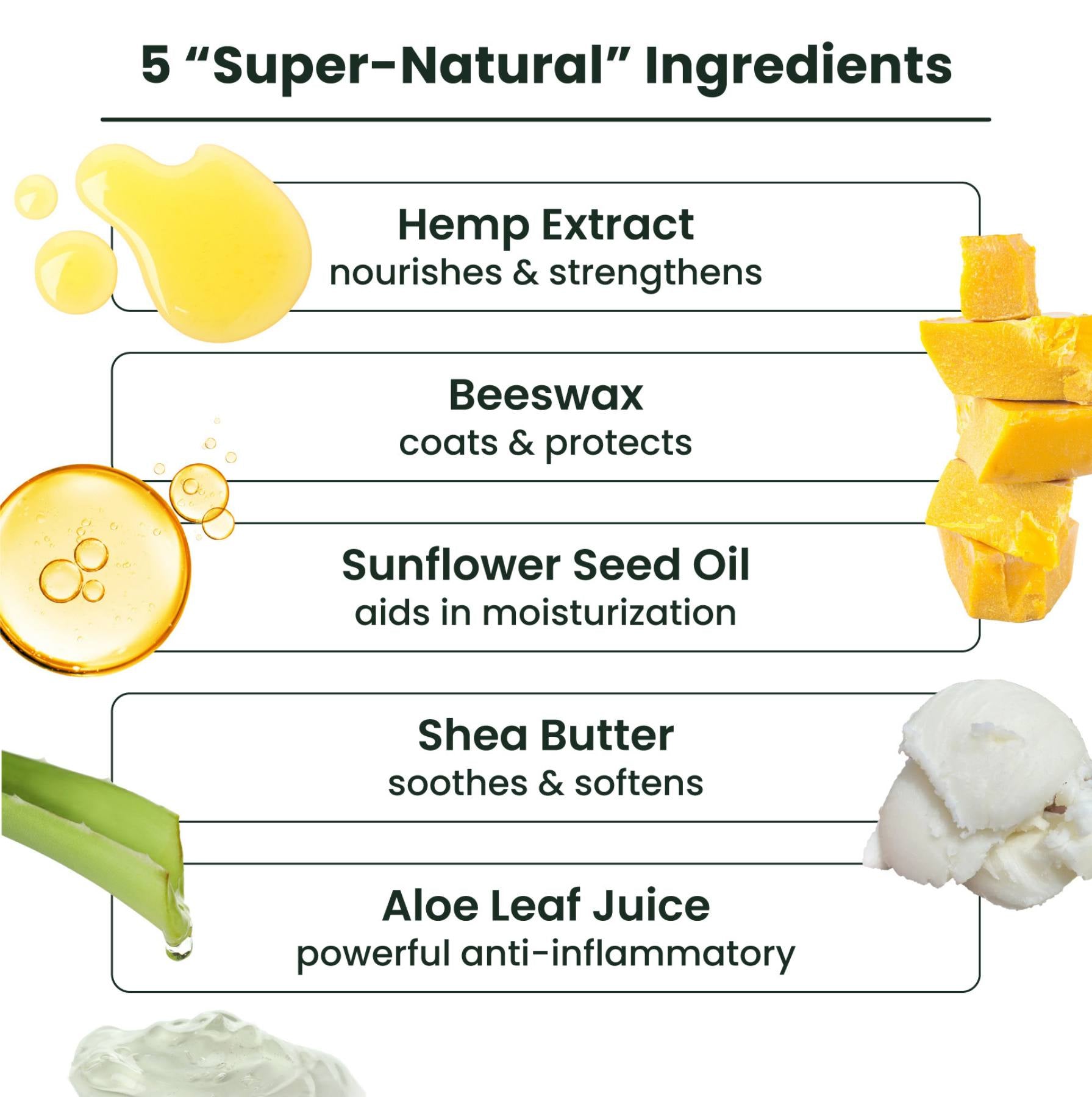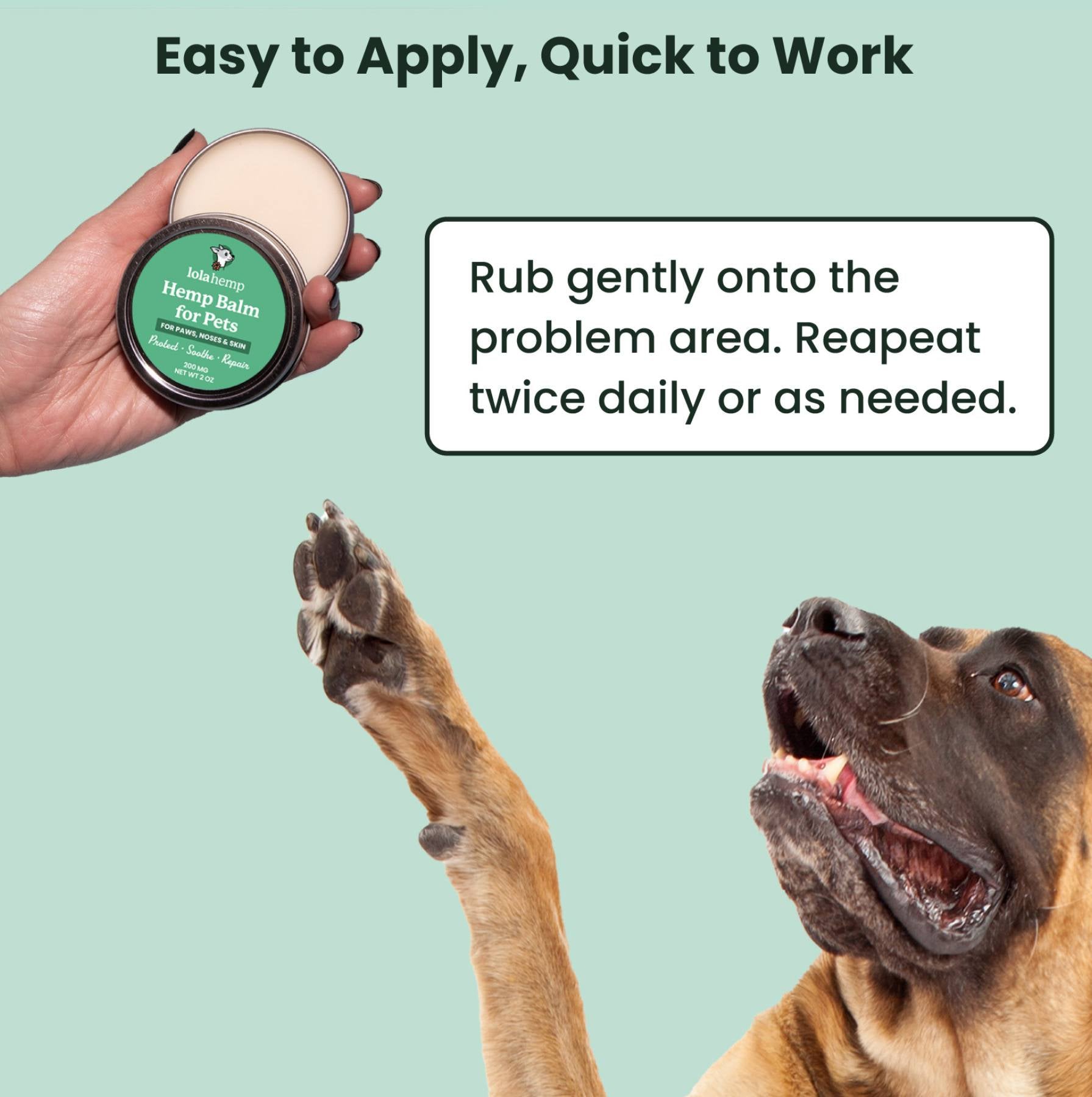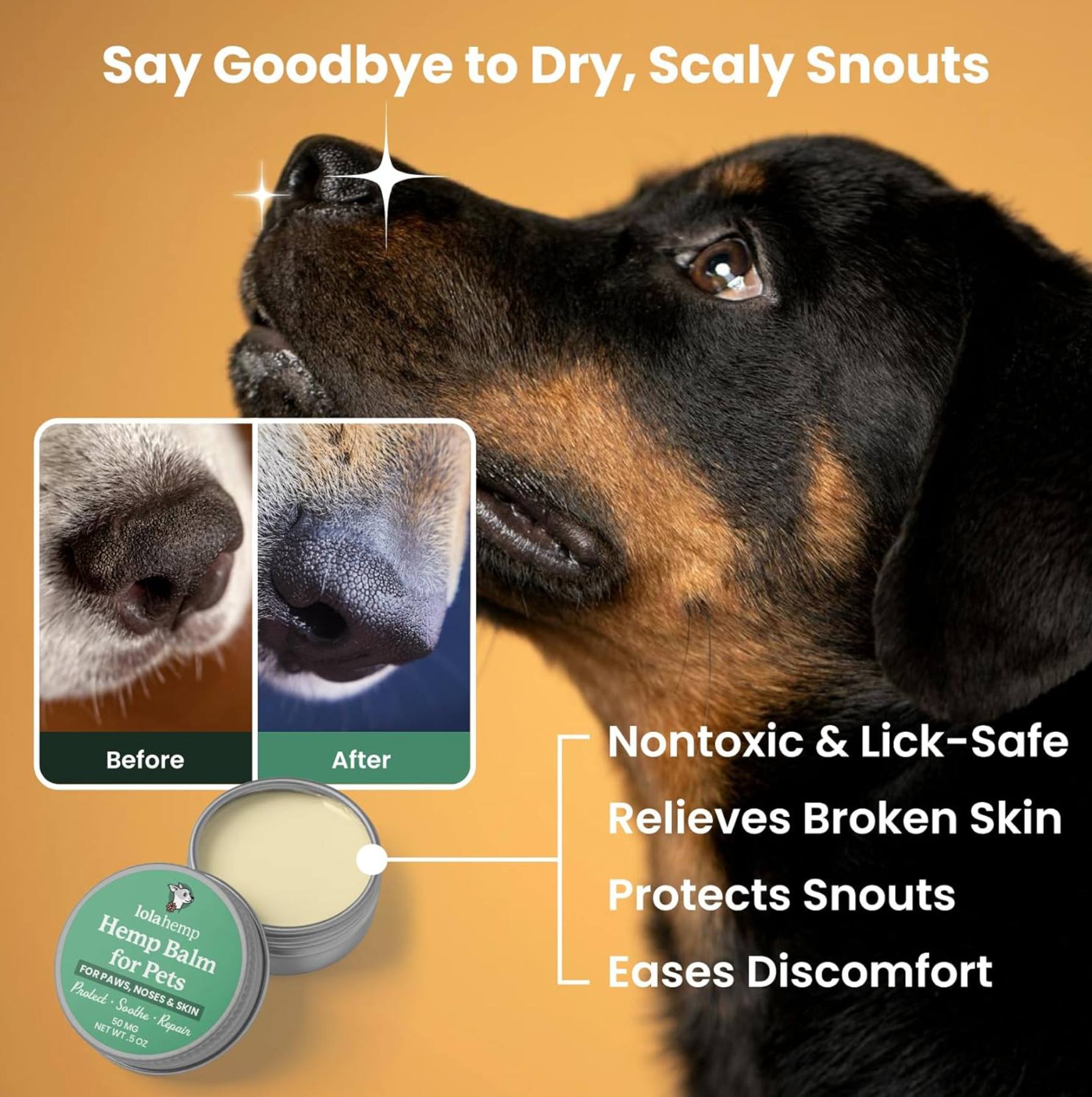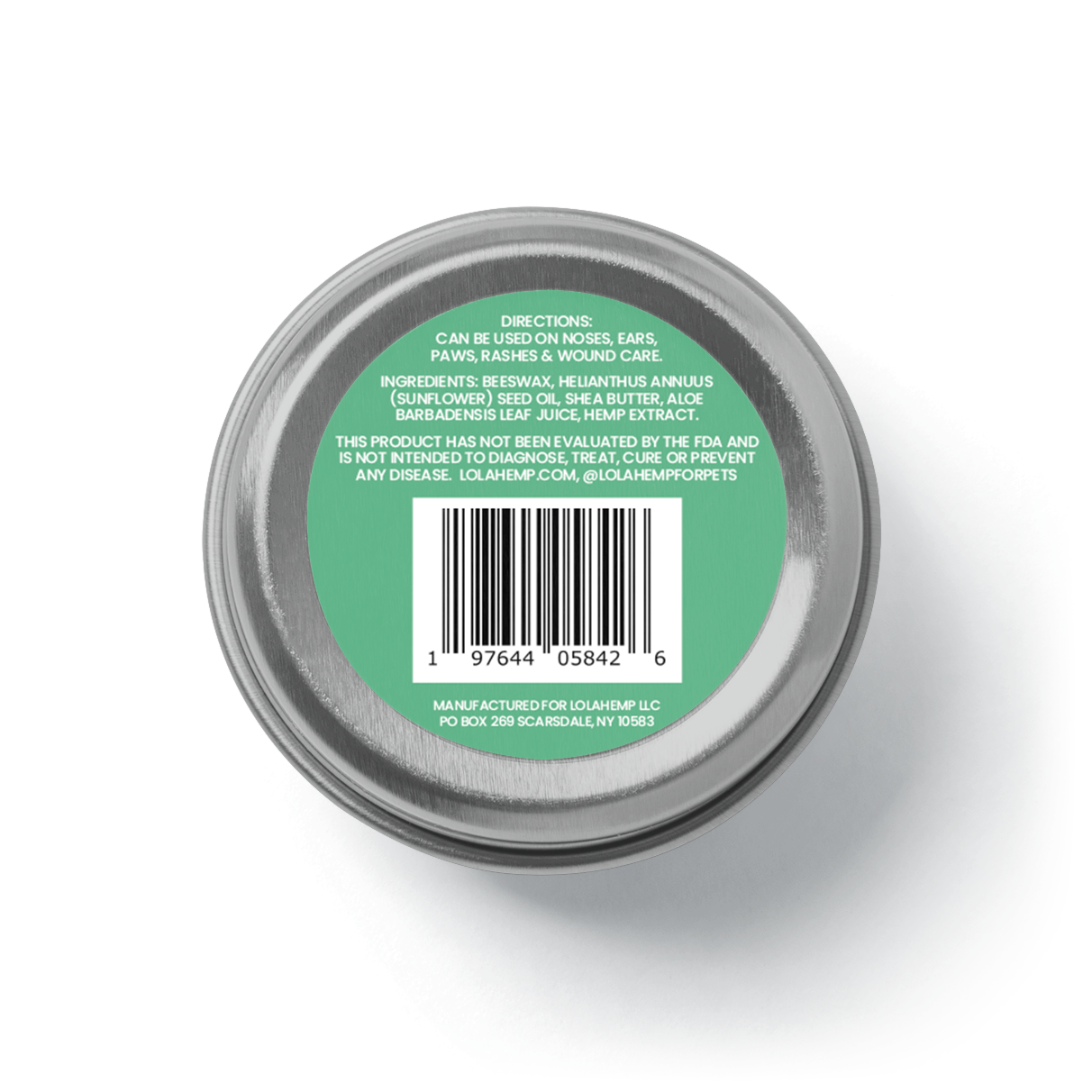Dogs' pads are tough and rubbery, but that doesn't mean they're invincible. Dogs are vulnerable to getting cuts on their paw pads, and knowing what to do with a dog's cut paw pad is an essential piece of dog owner knowledge.
This simple overview will give you actionable knowledge on assessing the wound, soothing your dog's injured paw pad at home, keeping your dog calm, and understanding when to seek veterinary care.
- We'll start by addressing severe cuts and wounds
- Home care for milder cuts is discussed below
How to Assess and Prepare Your Dog for Emergency Veterinary Care After a Severe Paw Cut
If your dog has a severe paw cut with ongoing bleeding, a deeply lodged object, or other complications, it’s crucial to act quickly and calmly. Here’s how to assess the situation and prepare your dog for safe transport to the vet:
1. Assess the Severity of the Injury
- Severe Bleeding: If bleeding is heavy and doesn’t stop after applying pressure for 5 minutes, it’s an emergency.
- Foreign Objects: If something is deeply embedded in the paw, avoid pulling it out.
- Paw Appearance: Look for signs of deep wounds, tissue damage, or infection.
- Pain and Behavior: If your dog is in extreme pain or shows signs of shock, seek immediate help.
2. Prepare for Transport
- Control Bleeding: Apply steady pressure with a clean cloth or gauze.
- Keep Your Dog Calm: Minimize movement and speak gently.
- Wrap the Paw for Protection: Use a clean bandage or cloth.
- Transport Safely: Use a stretcher or blanket if needed.
- Contact the Veterinarian: Call ahead to prepare them for your arrival.

How to Care for a Dog's Cut Paw Pad
If your dog is actively bleeding and you don't have time to seek veterinary care before treating a paw injury, here’s how to ensure your dog's cut paw pad doesn't worsen. Once the situation is handled, contact your vet.
Try to prevent licking as you care for the wound.
1. Examine Your Dog's Paw
Look closely for a foreign object lodged in the wound and note any debris. Remove small objects with clean tweezers.
Remove Small Foreign Objects
Clean the tweezers and gently remove thorns, splinters, burrs, or small fragments that aren't deeply lodged.
Clear Loose Debris
Rinse the paw with lukewarm water to remove debris, then use tweezers for any remaining material.

2. Clean The Cut & Your Dog's Foot
Clean the wound and the entire foot using a gentle antiseptic solution and water to reduce infection risk.
Rinse With Water
Gently wash the paw to remove dirt and bacteria.
Disinfect The Pad
Common Antiseptics:
- Saline Solution: 1 tsp salt + 1 cup water.
- Diluted Betadine: Must be diluted before use.
- Rubbing Alcohol: Stings; use sparingly.
- 3% Hydrogen Peroxide: Use sparingly; can irritate.
3. Stop The Bleeding
Apply gentle pressure with clean gauze or a sterile pad.
Apply Pressure
Press for 3–5 minutes. If bleeding continues after 10 minutes, seek veterinary help.
Additional Tips
- Elevate the Paw: Helps reduce blood flow.
- Use a Cold Compress: Helps constrict blood vessels.
- Stay Calm: Your dog will mirror your energy.

4. Bandage The Paw
Apply Gauze Pads
Use clean gauze to cushion the pad and absorb discharge.
Wrap With a Bandage
Wrap snugly but not tightly, then secure with tape.
Use a Sock or Bootie
Helps prevent licking and adds protection.
How Long Does a Dog's Paw Pad Take to Heal?
Paw pad cuts take about 1–3 weeks to heal, depending on severity.
- Deeper wounds take longer.
- Avoid intense physical activity.
- Keep the foot protected to avoid re-injury.
Continued Care
Monitor for infection, change bandages daily, and follow vet guidance.
Now You Know What to Do if Your Dog Has a Cut on Its Paw Pad
- Assess the Cut – Check depth, debris, and bleeding.
- Clean the Wound – Rinse and disinfect.
- Stop Bleeding – Use gauze and pressure.
- Bandage the Paw – Wrap and cover.
- Monitor – Watch for infection.
- Visit the Vet – For deep or persistent cuts.
If your dog's paws need extra support, Lolahemp's CBD paw and nose balm can help moisturize and soothe.
Frequently Asked Questions About Dog Cut Paw Pads
How do I know if my dog’s paw cut needs a vet?
If the bleeding won't stop, the cut is deep, something is embedded, or signs of infection appear, seek veterinary care immediately.
What can I use to clean my dog's cut paw pad?
Saline, diluted Betadine, or mild antiseptic solutions are best. Avoid harsh soaps or strong chemicals.
How long does a dog paw pad take to heal?
Most cuts heal within 1–3 weeks with proper care and protection.
Should I let my dog lick a cut paw pad?
No. Licking delays healing and increases infection risk.
Can I walk my dog with a cut paw pad?
Short bathroom trips are fine, but avoid long walks or rough terrain until healed.

